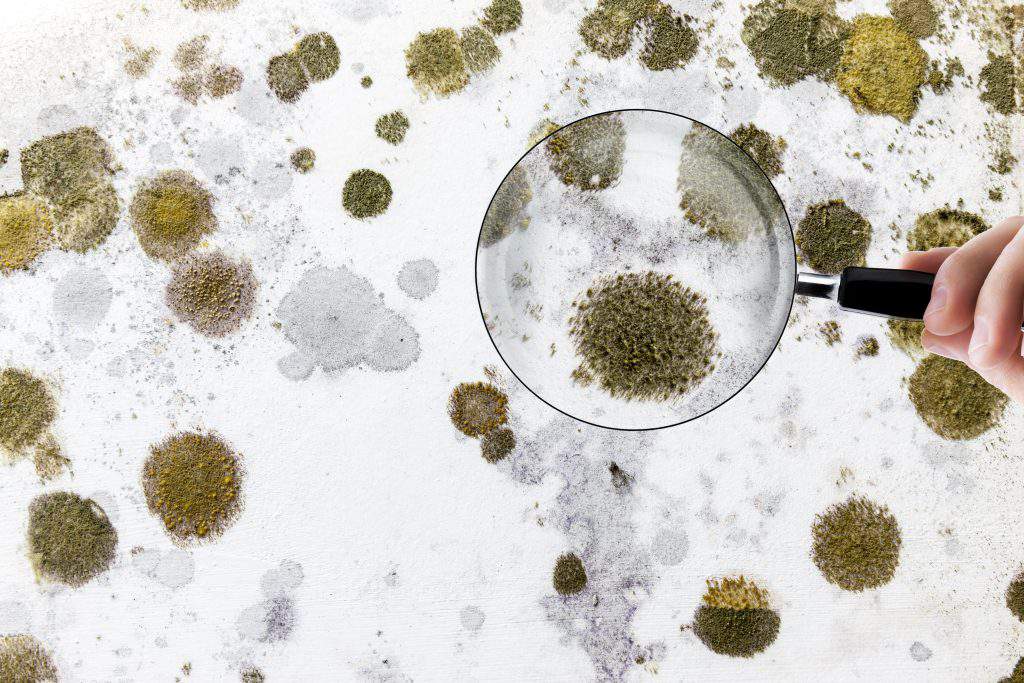Accessing Neighborhood Post Remediation Mold Testing Near Me
Accessing Neighborhood Post Remediation Mold Testing Near Me
Blog Article
Expert Tips for Post Mold And Mildew Remediation Success
In the realm of mold and mildew remediation, effectively getting rid of mold and mildew is only half the battle; real difficulty depends on avoiding its reappearance. Post-remediation initiatives play a crucial role in making certain a mold-free environment in the long term. By adhering to expert suggestions and finest techniques, individuals can secure their spaces versus mold renewal and preserve a healthy and balanced interior environment. It is in this stage of the removal procedure that attention to detail and positive procedures truly make a distinction.
Monitor Humidity Degrees Frequently
Routine tracking of humidity levels is essential in making sure the efficiency of message mold remediation initiatives. After completing mold and mildew remediation procedures, preserving optimal humidity degrees is vital to avoid mold re-growth and guarantee a healthy interior atmosphere. Tracking moisture degrees allows for very early detection of any spikes or variations that could possibly result in mold resurgence. High moisture levels above 60% create a helpful atmosphere for mold and mildew to prosper, making regular keeping track of a proactive procedure to avoid any future mold and mildew issues - Post Mold Remediation.
Additionally, establishing a regular schedule for moisture checks, especially in high-risk locations such as shower rooms, basements, and cooking areas, is an aggressive technique to mold avoidance. By regularly checking moisture levels, building owners can effectively minimize the risk of mold and mildew reoccurrence and keep a healthy interior setting post-remediation.
Conduct Thorough Inspections Post-Remediation
Complying with the completion of mold removal procedures, it is essential to perform extensive examinations to verify the performance of the remediation process. These post-remediation examinations are vital in making certain that the mold problem has been efficiently addressed and that there is no reoccurrence or staying mold growth. Evaluations should be accomplished by certified specialists that have know-how in identifying mold and evaluating indoor air quality.
During these evaluations, different approaches such as visual assessments, air sampling, and surface sampling may be utilized to completely review the remediated areas. Visual assessments involve an in-depth examination of the properties to look for any type of noticeable indicators of mold and mildew development or water damages. Air tasting aids in establishing the air-borne mold and mildew spore degrees, while surface area sampling can identify mold and mildew fragments on surface areas.
Implement Correct Air Flow Strategies
After making certain the performance of the mold remediation process via detailed evaluations, the next crucial step is to focus on implementing correct ventilation methods. Adequate air flow is essential in stopping mold reoccurrence by regulating dampness degrees and promoting air blood circulation.
Correct air flow not only help in protecting against mold growth yet also contributes to the general health and wellness and comfort of passengers. By making certain adequate air flow throughout the residential property, you can minimize the threat of mold regrowth and develop a much healthier living atmosphere.

Use Mold-Resistant Materials for Services
To enhance the long-lasting efficiency of mold removal initiatives, including mold-resistant materials for fixings is critical in alleviating the danger of future mold and mildew development. Mold-resistant products are created to hold up against dampness and inhibit mold and mildew growth, making them an essential option for areas prone to moisture and moisture. When fixing areas influenced by mold and mildew, utilizing materials such as mold-resistant drywall, mold-resistant paints, and mold-resistant caulking can aid protect against mold and mildew recurrence.
Mold-resistant drywall is an outstanding option to standard drywall in areas like bathrooms and cellars where dampness degrees are higher. When subjected to damp conditions, this kind of drywall has a special layer that resists mold and mildew development even. Additionally, making use of mold-resistant paints consisting of antimicrobial agents can better hinder mold and mildew growth on ceilings and wall surfaces.
In areas where dampness is usual, such as bathroom and kitchens, making use of mold-resistant caulking around windows, sinks, and bathtubs can assist seal remove mold odor from fridge out water and protect against mold from holding in splits and holes. By investing in these mold-resistant materials throughout repair services post-remediation, you can significantly minimize the chance of future mold and mildew problems and maintain a much healthier interior atmosphere.
Maintain Cleanliness and Address Water Issues
After mold and mildew remediation, it is critical to maintain a tidy setting to prevent the regrowth of mold. Leaks, water breach, or high humidity levels can produce the excellent reproduction ground for mold and mildew, so it is crucial to take care of any type of water-related troubles instantly.
To preserve cleanliness, think about making use of HEPA filters in vacuum cleaners and air cleansers to trap mold hop over to here and mildew spores and stop their circulation in the air. Guaranteeing appropriate ventilation in areas susceptible to moisture build-up, such as washrooms and cooking areas, can assist keep humidity levels in check. By staying watchful concerning sanitation and resolving water issues immediately, you can successfully stop mold reinfestation and keep a healthy and balanced indoor atmosphere.
Conclusion

In the world of mold and mildew remediation, successfully eliminating mold Going Here is just half the fight; the real obstacle exists in preventing its reappearance. After finishing mold and mildew remediation procedures, maintaining optimum moisture levels is essential to protect against mold and mildew re-growth and make certain a healthy interior setting. High moisture degrees above 60% develop a conducive environment for mold to prosper, making regular monitoring an aggressive step to protect against any kind of future mold and mildew problems.
To improve the lasting performance of mold and mildew removal initiatives, incorporating mold-resistant products for repair services is essential in mitigating the threat of future mold development. After mold remediation, it is essential to keep a clean setting to protect against the regrowth of mold and mildew.
Report this page